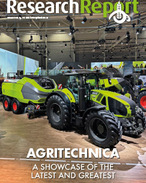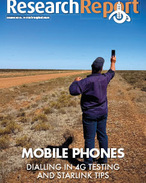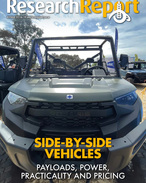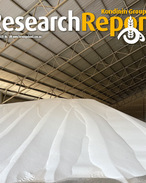This article is 2 years old. Images might not display.
The Australian Pest Genome Partnership (APGP) will generate the genomic data of hundreds of pests and weeds and make it freely available, along with digital solutions to help analyse the data. The data will assist researchers working on pest and weed species and underpin next generation species-specific solutions.
Invasive species have cost Australia $390 billion over the past six decades, with weeds costing the agriculture sector alone at least $5 billion a year.
The CSIRO says this presents a significant burden to Australia's agriculture and livestock industries, as well as the significant and ongoing environmental impacts created by these invasive species.
APGP has now prepared its first 28 genomic datasets, and this year, with its collaborators, will make public genomic data assets for some of Australia's top pest and invasive species such as mosquitoes, khapra beetle, cane toad, fall armyworm, fox, feral pig and cat as well as weeds such as wild radish, rye and rat's tail grasses.
CSIRO principal research scientist, Tom Walsh, said data is easy but analysis is difficult.
APGP intends to make genomic data more easily accessible and usable to support industry, government and the scientific community in managing pests.
"This project has the potential to drive new science and digital innovations to safeguard Australia's environment and biosecurity from existing and growing threats posed by invasive and pest species," Dr Walsh said.
"In the same way genome sequencing has helped inform medical advice, pest genomes can help us unlock new ways of protecting our environment, agricultural sector and public health with a quick and targeted response." he said.
CSIRO senior research consultant, Rahul Rane, said the fit-for-purpose genomics database being delivered through APGP will be a game-changer in invasive species control and management.
"Genomes and genetic diversity data can tell us all manner of things including where a particular pest species has travelled from, what environments it may thrive in, and whether it has developed resistance to chemicals and pesticides," Dr Rane said.
Hundreds more pests are being sequenced this year, including jellyfish, invasive ants and beetles, termites, African boxthorn, crown of thorns starfish, ticks and head lice.
APGP is looking to partner with companies, government departments and other research organisations to continue sequencing and collating the genome of pests impacting Australia's biosecurity.
For more details, visit: http://bit.ly/3zQMo1v























